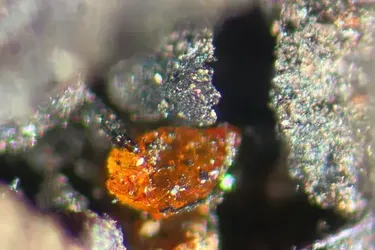Amber 90 million years old found in Antarctica: reveals incredible secrets

The recent discovery of amber in Antarctica is an important discovery that sheds light on the past climate and ecology of this continent. The discovered amber fragments, which are about 90 million years old, indicate that Antarctica was much warmer and covered with lush forests in the middle of the Cretaceous period.
The study, conducted by scientists from the Alfred Wegener Institute and the Technical University of Freiberg Mining Academy, showed that swampy forests once existed on the site of the modern icy continent, where trees produced resin that later hardened into amber. The samples obtained are a valuable source of information about the prehistoric environment of Antarctica. This is reported by Interesting Engineering.
The analysis of amber fragments revealed traces of pathological resin leakage, which indicates the presence of fires or pests that damaged trees at that time. The integrity and transparency of the amber suggests that it was hidden close to the surface, not deep underground, where high temperature and pressure could have destroyed it.
The discovery of amber in Antarctica is an important contribution to the reconstruction of the Earth's climate history. The presence of resinous trees on this continent in the middle of the Cretaceous period indicates that temperate rainforests existed on all continents at that time, supporting a much warmer global climate than today. Continued study of these ancient samples may reveal new details about the diversity of life in Antarctica's past.
If you want to get the latest news about the war and events in Ukraine, subscribe to our Telegram channel!
